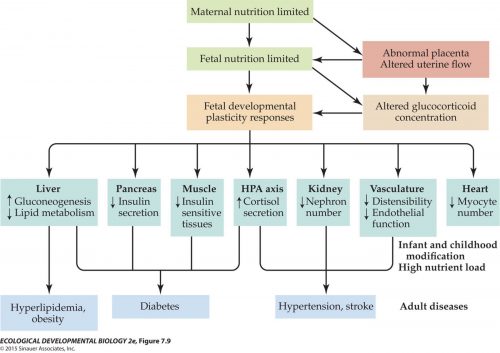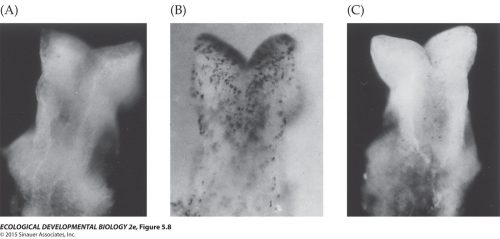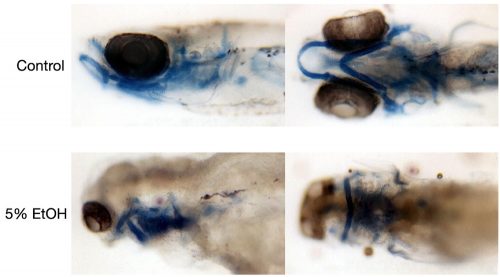I hit a wall yesterday. It was just one of my bad days, when I felt kind of useless, and worried about what was coming in the fall — I’ve got one week of instruction planned, out of 15 weeks in the semester, and I’m coming out of a semester in which I’d gotten all experimental and weird and tried some things that maybe the administration would not approve of, because I was tired of trying to wedge students into boxes all the time. I just wanted them to learn how to think and have a good conversation about a subject for a change, and not be fretting over points and grades!
So that’s been weighing on my mind, in addition to the usual stuff, like backaches and being tired and it’s been raining pretty much nonstop for the past week.
And then the student evaluations appeared in my mailbox. I put off opening that message, like I usually do, because I was dreading what they would say, like always. I bit the bullet this morning and opened it up, since I didn’t think anything would make me feel worse this week, anyway. Yikes…they liked the course!
I skipped over the numerical scores, because they were always useless (despite being the only thing the university will use to evaluate my work) and went straight to the comments section. Here, they’re answering the question, “What did the instructor do that most helped your learning?”
PZ structured the class such that we had a predictable workload each week, with a variety of class activities, which was useful. Lecture days on Mondays were nice and relatively easy at the start of the week, and small group discussions on Wednesdays and Fridays were always fun. The final presentation for the class was also valuable, as it gave us the opportunity to explore a topic from the class that we found particularly interesting in depth and share our discoveries with our classmates.
Had lecture on Monday’s and allowed students to help each other.
I appreciated that we did a lot of article discussions as well as chapter discussions. It was good to think over those chapters without being lectured at
Wittyness and Sarcasm were plentiful, 10/10 course
Discussion based on what we were learning
I liked the discussion questions because they went with the lectures really well
Yes! They saw what I was trying to do!
The next question was “What suggestions do you have for improving the course?”
Clearer expectations for final presentations or updates on participation grades throughout the semester would be appreciated, although PZ did assure us periodically that we were all doing well and that he had no concerns about our performance in class.
Maybe have slightly more background when discussing topics that students don’t tend to be strong in.
I wish some of the grading standards were more clear, and that there was a proper rubric for the presentations. I honestly have no clue if my presentation was even good or not because I didn’t have any guidelines to work with other than “15–20 minutes long and can be about whatever that’s relevant and also it can be whatever medium you like”
Get these college kids to talk more, they all look so nervous to have a hot take on microplastics.
It would be good if grades were updated more frequently
I like this course
Criticisms accepted. Next time I’ll try to outline my expectations more, and incorporate a few more metrics throughout the course. I may have gone too far in trying to avoid grade-chasing and point-tallying. I did appreciate the comment to “Get these college kids to talk more, they all look so nervous to have a hot take on microplastics,” because that’s exactly what I wanted, a class full of people eager to talk about eco-devo.
All right, I feel a little better today.














